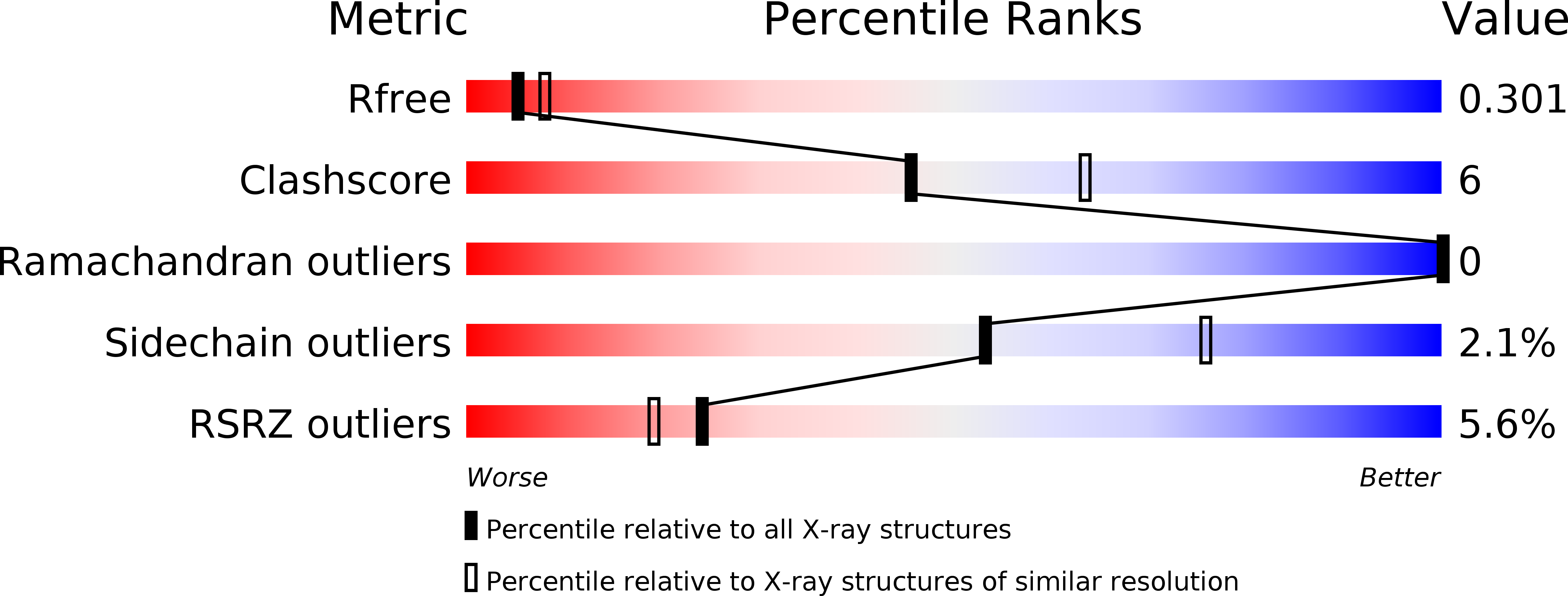
Deposition Date
2015-09-25
Release Date
2016-01-20
Last Version Date
2024-11-13
Entry Detail
PDB ID:
5ARL
Keywords:
Title:
crystal structure of porcine RNase 4 D80A mutant in complex with dCMP
Biological Source:
Source Organism:
SUS SCROFA (Taxon ID: 9823)
Host Organism:
Method Details:
Experimental Method:
Resolution:
2.61 Å
R-Value Free:
0.29
R-Value Work:
0.25
R-Value Observed:
0.25
Space Group:
P 1


